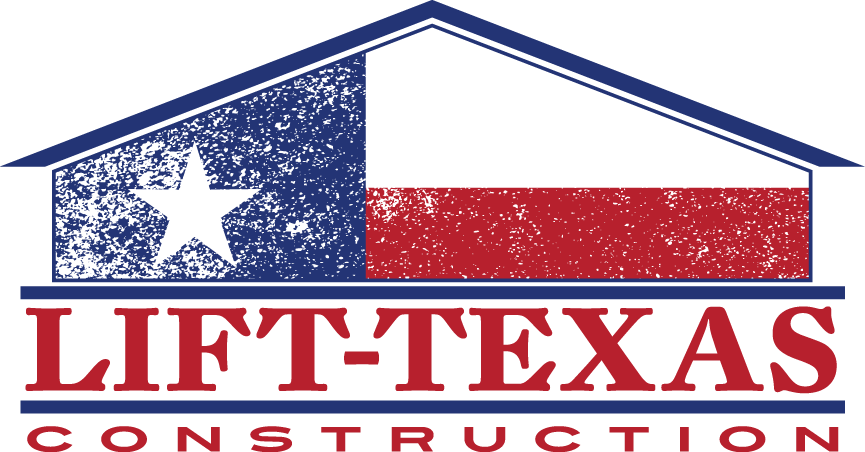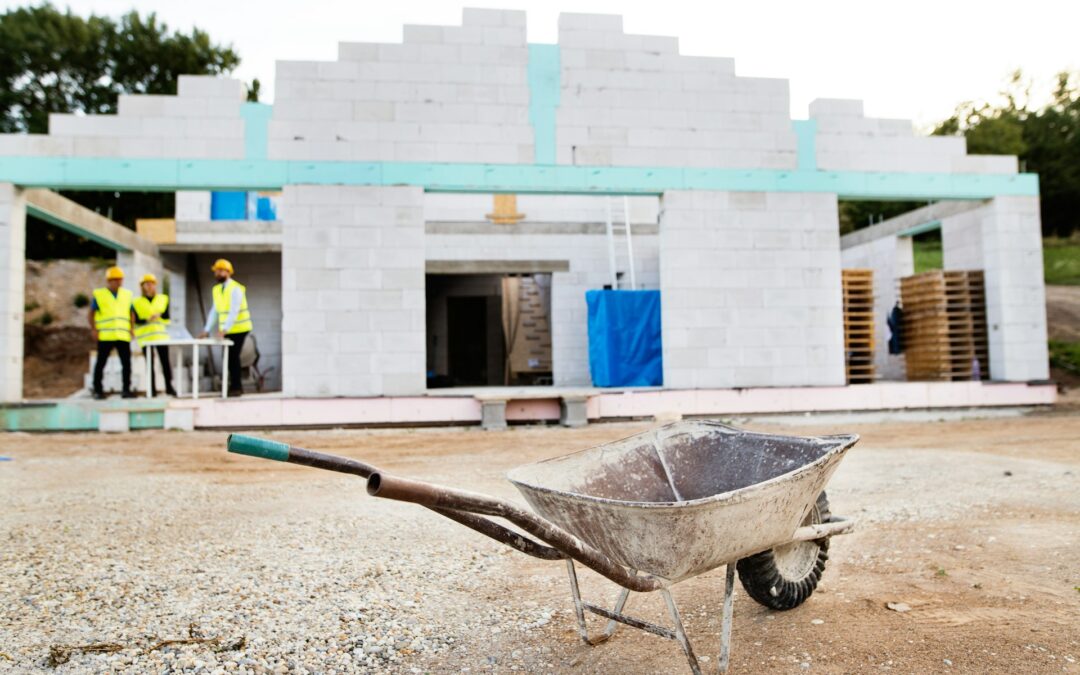Fall in Texas doesn’t just bring cooler air and earlier sunsets. It also marks a turning point for our soil. After months of dry summer heat, the first rains of autumn start to soak the ground again, causing the soil under homes to shift. In places like DFW, where the ground is mostly clay, that kind of movement matters.
When these changes happen, they can push or pull your home’s foundation out of line. That’s why house foundation leveling is something we always suggest paying attention to before winter gets fully underway. This season offers a short but important chance to spot and fix problems while the ground is still responsive. It’s not about panic. It’s about staying ahead of what shifting soil can do if left unchecked.
Why Timing Matters More Than You Think
Texas soil doesn’t sit still for long. After summer’s dry stretch, it shrinks. Then fall rains hit and it starts to swell again. That back-and-forth movement is hard on concrete foundations, especially if they’ve already started settling. Left alone, those little shifts can cause bigger damage over time.
The fall window gives us clearer ground conditions for inspections. The soil has started reacting to moisture again but hasn’t settled fully into winter form. That makes it easier to see where the house has moved and figure out what steps come next. It’s like catching a problem in motion instead of waiting until it locks in.
Winter, especially in colder parts of Texas, isn’t as friendly when it comes to this kind of work. The soil becomes harder and less willing to move. That makes house foundation leveling tougher to measure, adjust, and secure. So if something looks off now, waiting could mean more work, and more waiting, later.
Signs Your Home May Need Leveling This Fall
Foundation issues don’t always come with obvious warning signs. Sometimes they start small. A tiny crack in the drywall or a door that sticks is easy to brush off after a long summer. But those little cues often mean the house is shifting underneath.
Here are a few things to watch for:
- Cracks in your walls, especially near doorways or windows
- Doors that scrape the floor or won’t stay open without help
- Uneven or sloping floors, even slightly
- Driveways or sidewalks that are cracking or lifting
- Gaps between the baseboard and the floor
One or two of these by themselves might not mean much. But if they show up at the same time, or if they’re getting worse, that’s when it’s time to look closer. Fall is the season when these changes start to speed up. The ground is on the move, and if your house is moving with it, ignoring it won’t make it stop.
What Happens When You Wait Too Long
Letting those problems slide into winter can be risky. Once the rains sink deeper and the soil swells fully, any small gaps or weak spots in your foundation might expand too. It puts more pressure where there’s already stress. That can turn a small crack into something far more serious.
Once winter settles in, colder soil holds tight. That makes it harder to adjust underlying support, and repairs can take more time or require more disruption to get right. What might have been a simple fix in October can turn into something more involved come January.
There’s more at stake than just repairs. A shifting foundation can mess with your walls, plumbing, and flooring. It can also reduce how comfortable or safe a house feels, tilted floors, doors that stop latching, or trim work that pulls away from the wall. These things build over time but start with soil movement, something we can catch now if we’re looking.
How Pros Level a House Safely and Correctly
House foundation leveling isn’t just about lifting a corner or filling a crack. It starts with a close inspection to understand what’s really happening underfoot. We walk through the home, inside and out, checking for signs of movement that sometimes aren’t obvious at first glance.
We measure floor angles and changes in elevation to see where shifts are happening. Outside, we look at drainage, soil contact, and how the foundation sits across the lot. Once we understand the full picture, we figure out how to support or adjust the home in a way that’s stable for the long haul.
Different foundations need different fixes. Slab homes may need support from underneath using concrete or steel. Pier and beam homes might require adjustment to individual piers or added support where the ground has dropped away. That’s not something anyone should guess at or delay when there are signs of movement.
According to our service page, Lift-Texas Construction offers customized solutions for both slab and pier-and-beam foundations, using steel piers, concrete pressed pilings, and other proven support systems for DFW homes.
Solid Ground Before Winter: Why It Pays Off
Doing house foundation leveling in the fall isn’t just about being on top of things. It gives us the chance to work with the soil while it’s in motion, not frozen in place like it would be later. That makes inspections more accurate, decisions easier to make, and fixes more effective.
Leveling now means fewer surprises when winter storms roll through or cold months stretch on. It helps protect your home’s structure, comfort, and long-term value by dealing with small problems before they grow. Staying ahead of soil movement means fewer issues down the line, and a steadier path forward.
Seasonal soil movement in DFW can cause uneven floors, cracked walls, and drainage issues if ignored, so we take the time to carefully evaluate every property before recommending the best solution. Our approach to house foundation leveling focuses on identifying and addressing the real cause of foundation problems to keep your home steady all winter long. Contact Lift-Texas Construction today to schedule your assessment.

